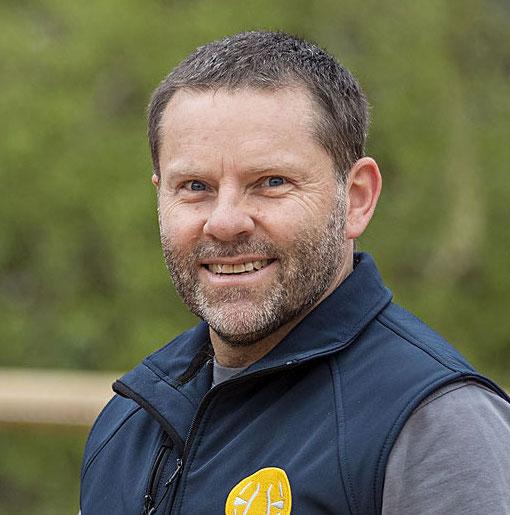10 July, 2024
Why is it important for me to measure the movement of horses?
I want to show with pictures the difference between a balanced horse and an unbalanced horse. It’s only a personal interest.
Of course, there is only one valid theory on how to balance a horse's foot... and every farrier owns it.
No matter what we teach; what we tell the horse's owner; what method we use and what name each method, concept or technique has; the important thing is that at the end of our work the horse should walk comfortably; and even more important is that his feet and his health are getting better and better, not worse and worse. If after every trimming or shoeing the horse's health worsens, I must question my own work.
I state that it is impossible to balance a foot and horse correctly if the trimming is still flat (this is directed at farrier schools that still teach flat trimming and farriers who still continue to trim flat without questioning what they learned). Fortunately, there are already a number of professionals in the world who have understood the slogan, but there is still a long way to go before this is understood in the higher echelons of equine podiatry.
If you trim a foot flat, balancing it will be a matter of luck.
A foot will be balanced correctly only if you consider the flexibility in the longitudinal direction in combination with the level of the functional sole (or level 0 or live sole). And to understand this you have to start looking at the foot in a very different way. You, as a farrier, must get it out of your head that the plane of the trim should be even, without unevenness.
In the barefoot horse it is important to consider this as well, but it is often done automatically, without being fully aware of it. Why? Because the 0 level is respected and then the outer wall is rounded off. In the end, the horse ends up finding its own balance. But in farriery it’s different.
So: at the moment there are two distinct positions. The traditional position of flat trimming, which doesn’t respect the natural limits of the foot and doesn’t consider that the foot is longitudinally flexible, and on the other hand, the concept that I propose, which considers the 0 level and combines it with the longitudinal flexibility of the foot.
This absolutely changes the whole equation in relation to the balance of the horse's foot in the lateromedial direction.
In order to understand this, you have to forget about trimming flat (rasp movement from one side to the other). You must trim in a spiral shape, from the heel to the toe and from the toe to the heel (around the frog). Only in this way will you begin to discover lateromedial imbalances.
I repeat this last point: only if you follow the level of the functional sole will you be able to "discover lateromedial imbalances". Because if you trim flat, you will never discover a lateromedial imbalance, and the horse will remain unbalanced. And if you balance it... you will have been lucky. And remember that you must balance perfectly on four feet... luck is diluted.
We already proved this during the study we did in 2012 together with the Institute of Anatomy of the Veterinary University of Leipzig (Germany), but I’m not satisfied with just that. I want to continue gaining experience. That's why it's important to me to get images of the movement of horses.

